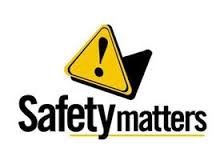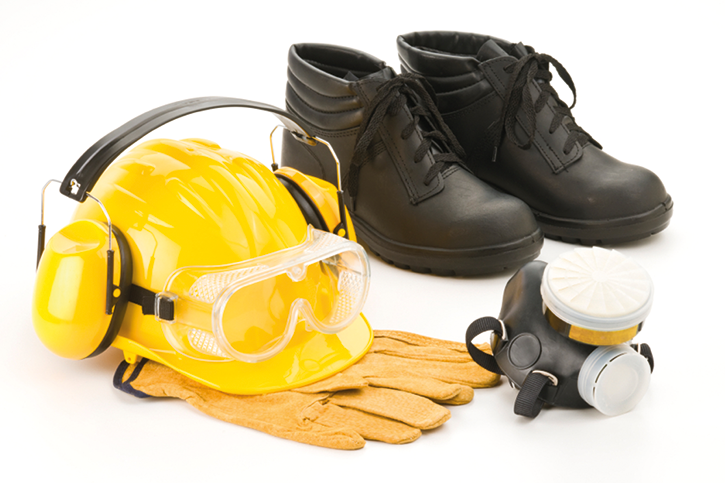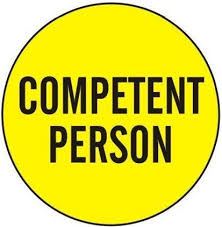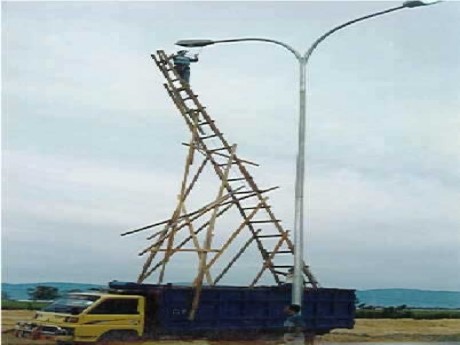A carpenter asked his employer to pay for the damage done to his glass eye which was broken when a nail he had been driving flew up and struck it. When he was asked how he lost the eye in the first place he replied, “Oh, the same way, a flying nail”. A dark world awaits this carpenter if the next nail hits his other eye before he decides to use safety glasses. It may be difficult getting used to eye protection, but have you tried getting used to a glass eye?
There are two kinds of foreign particles that can get in your eyes on jobsite
A) Wind carried materials:
- Sawdust
- Dirt
- Rusts etc.
B) High-speed chips
These go flying when a hard material contacts another hard material. Some examples include:
- Rock hammer breaking rock or concrete.
- Drilling, scaling or reaming steel.
- Cutting masonry products with a powdered saw.
- Demolishing walls or ceilings
- Striking a chisel or punch with a hammer
- Using a power actuated gun into steel or concrete.
- Cutting with a portable circular saw.
And don’t forget working with molten materials:
- Soldering and welding
- Socketing wire rope end connections’
Eye protection can be:
- Safety glasses
- Safety goggles
- Face shields
- Prescription glasses with safety lenses
Each has a different use depending on whatever condition exists for your particular job site. It is very important to make sure your eye wear fits correctly. Remember that proper ventilation and sprays can help reduce fogging.
Eye protection tips:
- To prevent scratching the lens, take care when setting your eye protection down or putting them away for the day.
- Replace the lens or get new glasses when scratches on the lens become noticeable.
- Clean eye protection regularly at the eye protection cleaning station, if available. Or use water and a soft absorbent towel such as a paper towel. Don’t use your shirt or a rag that collects and holds dirt, it will scratch the lens.
Try this for show and tell:
Find a few old pairs of goggles (different kinds) that have nicks and scratches on them. Point the marks out to the crew telling them that those are the places where debris would have gotten into their eyes if they hadn’t been wearing eye protection.
Questions to generate discussion
- What kind of objects need eye protection?
- Where can you get eye protection?
- Has anyone heard of a serious accident involving someone who wasn’t wearing eye protection?





